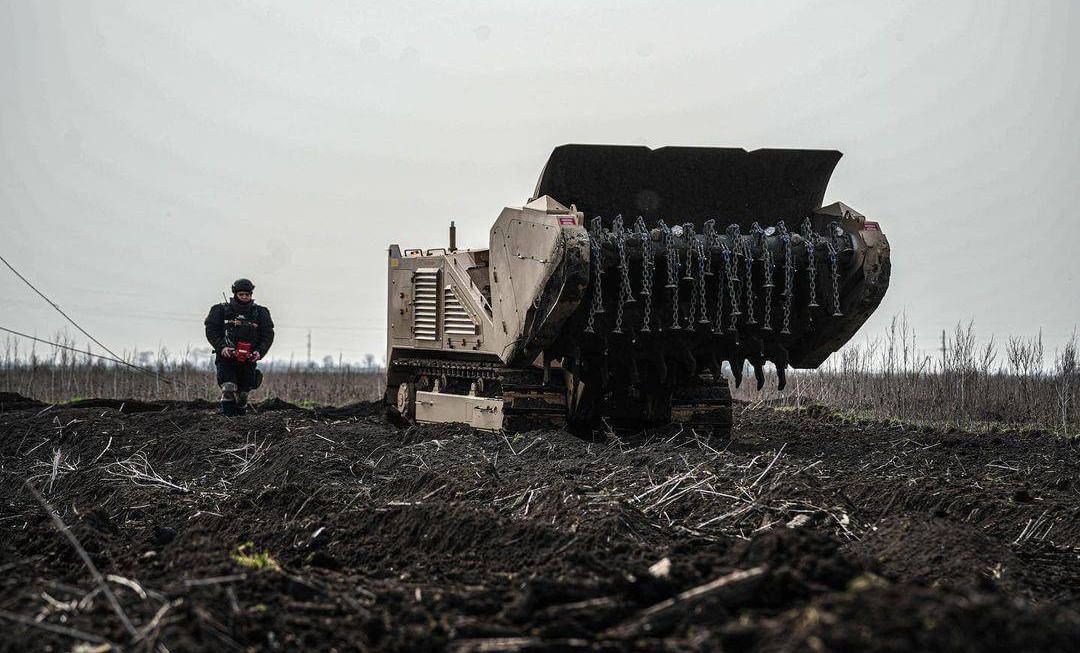Rebuilding agriculture in wartime is an extremely challenging task for Ukrainian farmers. Despite seemingly positive indicators in 2023, they conceal significant financial losses due to low prices for grains and oilseeds in the domestic market and restricted and hindered exports.
As stated in the Ukrainian Agricultural Business Club's report, the production of most grains and oilseeds is unprofitable, and without changes, next year's indicators are unlikely to be positive.
"Reaching pre-war indicators is currently out of the question, and the trends in 2023 only show a slightly better dynamic compared to 2022," emphasize experts.
For instance, grain production is estimated at 60.8 million tons, a 10% increase from the previous year. Despite favorable weather conditions and reduced fertilizer use, Ukrainian farmers achieved high yields. However, production volumes remain 31% lower than the 2021 figure.
"Oilseed production increased by 18% to 20.7 million tons. Besides favorable weather conditions, changes in planting areas in Ukraine played a role. The presence of developed internal processing, lower physical yield of oilseeds compared to grains, higher prices, and consequently, lower significant logistics costs for exports make oilseeds more attractive for cultivation. However, production volumes remain 10% lower than the 2021 figure," added the association.
Meanwhile, sugar beet harvest increased by 29% to 11.7 million tons, slightly exceeding pre-war levels. This was possible because sugar beets were not grown in occupied territories and areas currently affected by combat operations, unlike grains and oilseeds, due to unfavorable natural-climatic conditions.
Meat production of all types grew by 3% in 2023 to 3.1 million tons, primarily driven by poultry. However, production volumes remain 9% lower than the 2021 figure.
Production indicators for milk continue to decline, decreasing by 2% to 7.5 million tons in 2023. A similar situation is observed with chicken eggs, where production in 2023 is expected to be 5% lower at 11.0 billion units.
The Ukrainian Agricultural Business Club adds that thanks to the operation of the grain corridor, which facilitated the export of remaining stocks since the beginning of the war, export indicators for agro-industrial products in 2023 were higher compared to 2022. Grain exports increased by 11% to 43 million tons. However, this figure is 15% lower than the 2021 level.
"Exports of oilseeds decreased by 6% to 7.4 million tons. This figure is 95% higher than the 2021 level due to forced factors: increased production volumes of oilseeds and the start of sunflower seed exports at a time when internal processing decreased amid sunflower oil export problems. At the end of 2023, sunflower seed exports were minimal," specify the experts.
Vegetable oil exports in 2023 will reach 6.1 million tons, a 30% increase from the previous year. Compared to the pre-war year 2021, this represents a growth of 10%.





















